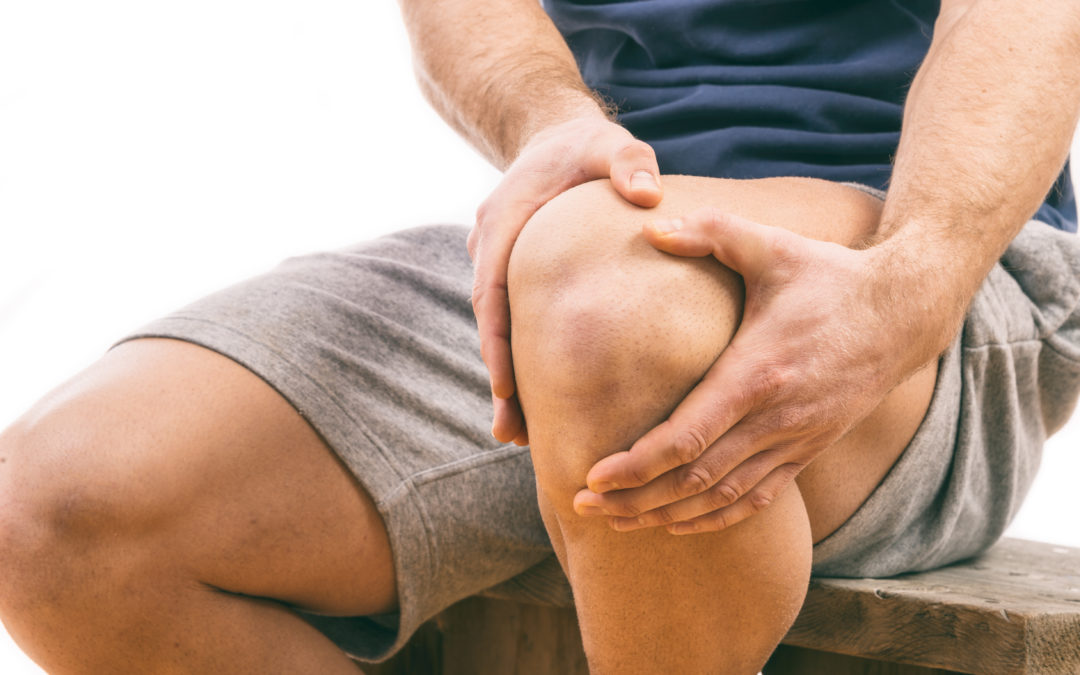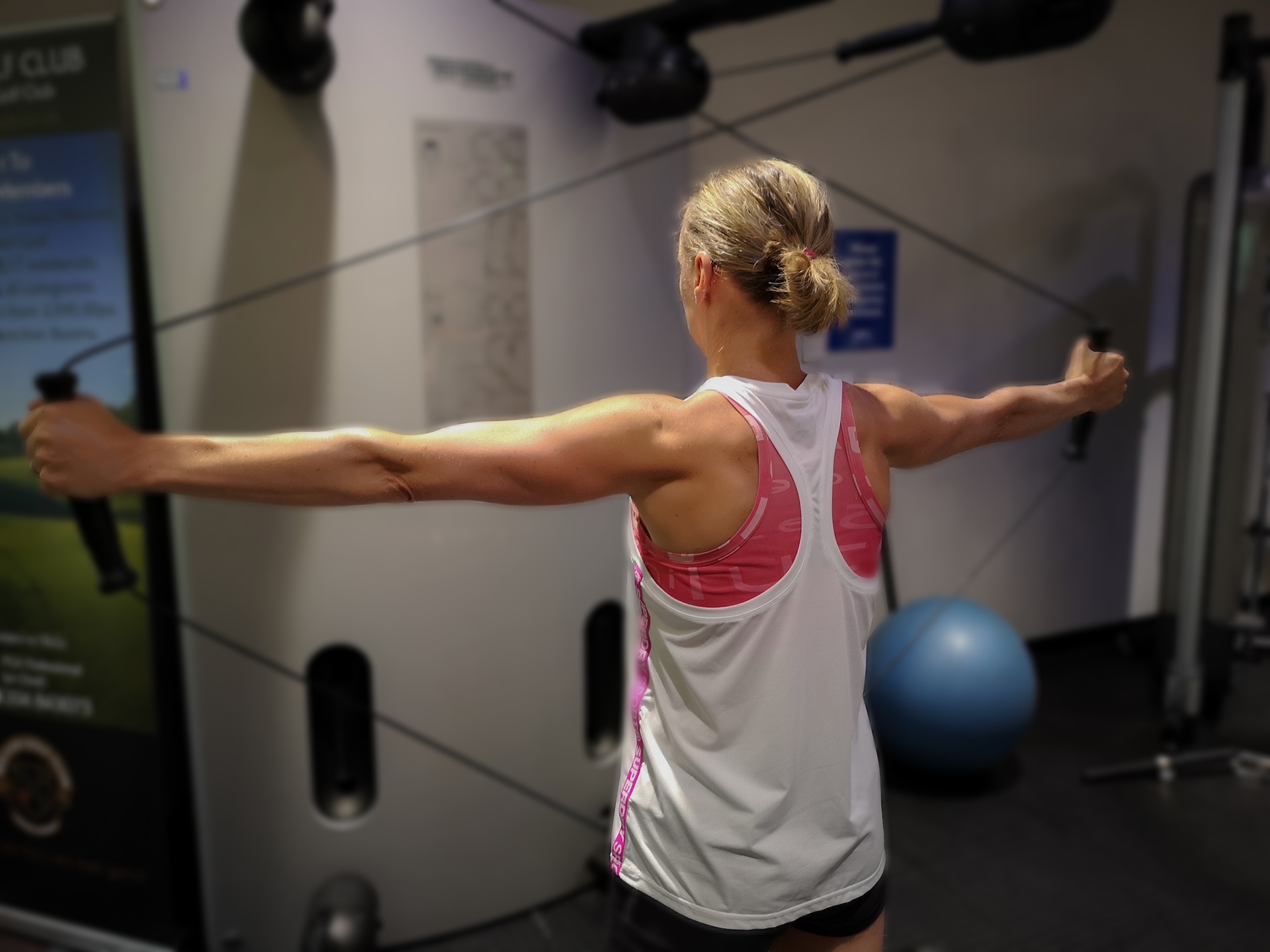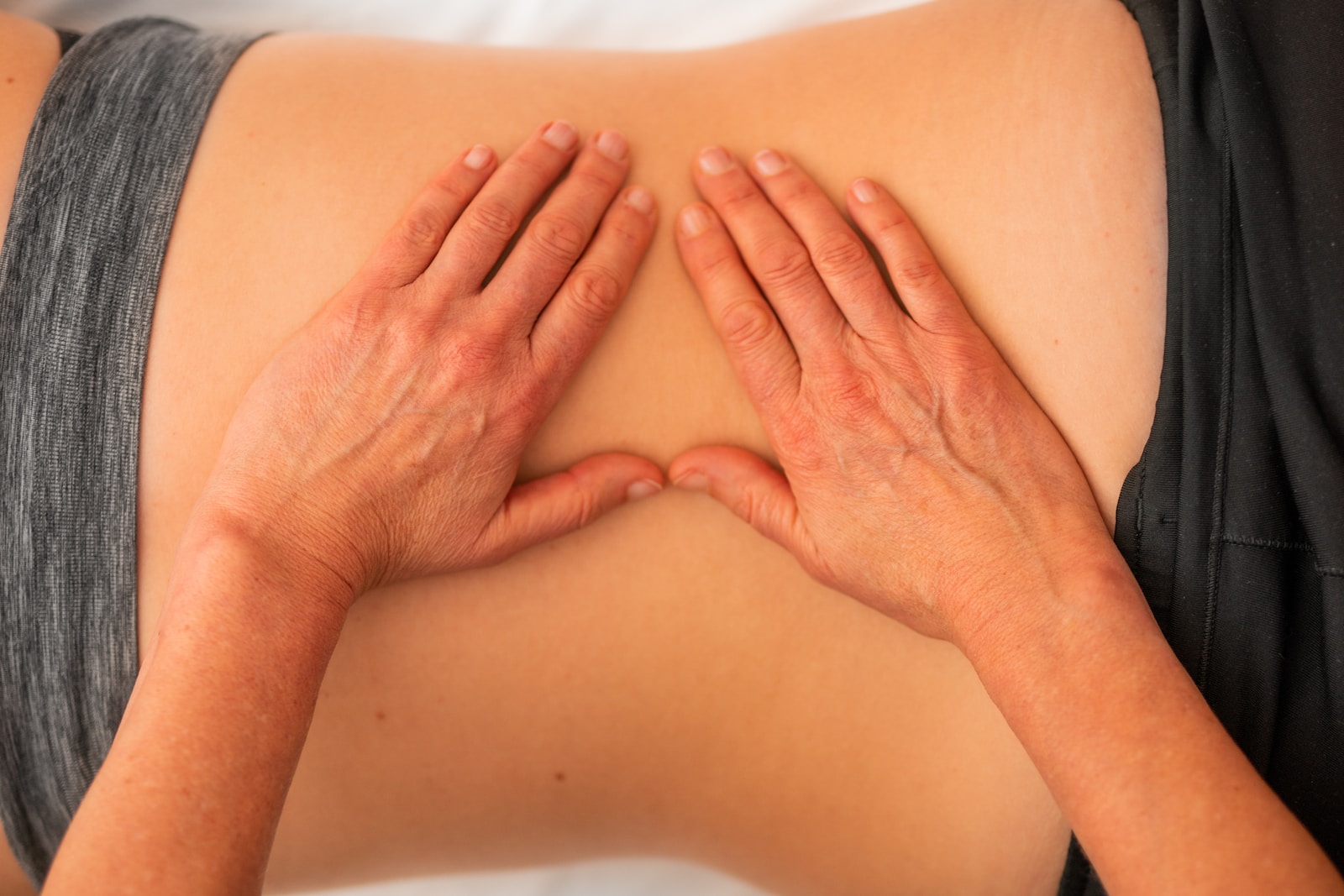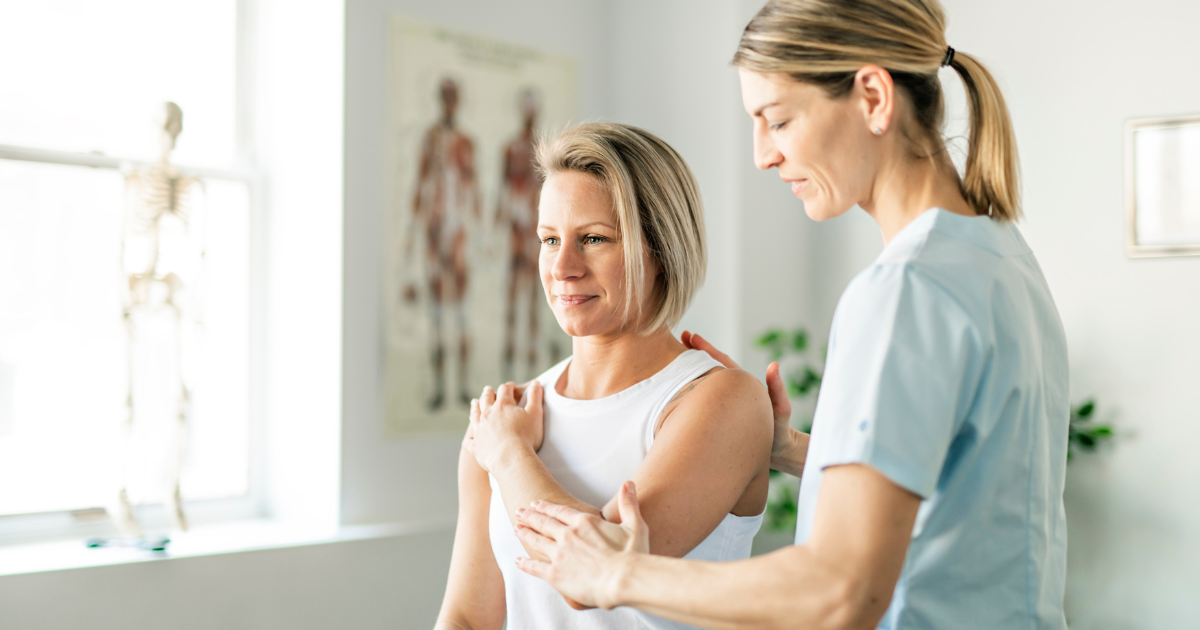Iliotibial Band Syndrome (ITBS)
By David Bossom MCSP Chartered Physiotherapist
What is Iliotibial Band Syndrome?
Iliotibial Band Syndrome is a common cause of
both lateral (outside of the leg) knee and hip pain. It is a syndrome common to
long distance runners, cyclists and footballers. In fact studies have found
that it’s the second most common running injury behind patellofemoral pain
syndrome, approximately 12%. However, in spite of this, management of the
condition is very poor.
ITBS knee
pain is sometimes referred to as ‘Runners
Knee’ and occurs when the ITB repeatedly rubs over the bony surfaces on the
outside of the knee, causing friction and tissue irritation.
ITBS hip
pain is sometimes referred to as ‘Snapping
Hip’ and may give pain located over the bony part on the outside of out leg
at the hip.
Where and what is the Iliotibial Band (ITB)?
The iliotibial band (ITB) is a deep layer of
connective tissue (fascia) that runs down the outside of the leg from the
pelvis to the knee. The fascia is thickened into two distinctive layers forming
a non-elastic collagen cord.
The ITB is closely linked with muscles of the
upper thigh. The gluteus maximus and medius both insert into the ITB
posteriorly and the tensor fasciae latae (TFL) inserts anteriorly,
approximately one third of the way down the band. Thus any weakness in one or
more of these muscles can result in extra stress through the ITB.
What are the causes?
You may not notice a specific incident or
event, as ITBS is a repetitive injury and generally occurs gradually over time.
The main causes are
biomechanical abnormalities
anatomical variations
muscle/soft tissue imbalances
poor training methods
For example, in standing the ITB lies behind
the hip axis and in front of the knee axis thus reducing the muscle work
required to sustain an upright stance. During gait, as the knee flexes (bends)
to 30 degrees the ITB glides over the lateral femoral condyle (bony part on the
outside of the knee) it is the repetition of this gliding motion that can cause
knee pain.
The role of gluteus medius and TFL is to
control and decelerate the movement of hip adduction (inwards of midline)
through the ITB during gait. If the gluteus medius shows poor control and lacks
endurance, gait alteration may occur – resulting in ITBS.
A study looking at runners with ITBS, found
that there was a significant weakness of gluteus medius on the symptomatic
side. In the study they show that by strengthening the muscle over a 6 week
period that over 90% of the participants were pain free.
What are the symptoms?
Usually you will notice a pain on the outside
of your leg, possibly just above the knee, but it may radiate along the entire
fascia. As previously stated pain may not register immediately during activity
but may present as a sharp pain and/or may persist afterwards (where it
presents as more of a ‘dull ache’ sensation).
The pain can then be elicited by several
activities including; running, going up/down stairs or functional squatting
i.e. sitting in a low chair. It may also be more apparent at night,
particularly if the pain is higher up the ITB, as lying on the unaffected side
can put the affected side on stretch.
What can I do?
In the first instance, it is recommended that
the individual stops running and applies the RICE method of treatment (Rest, Ice, Compression and Elevation). This helps with the
inflammatory phase of the condition and aims to reduce swelling and
subsequently pain.
Often the individual will have poor
flexibility and a poor general stretching program. Therefore, it would be wise
to begin stretching the ITB each day.
Foam Roller Stretches
1.
2.
Hold the
stretch for 15 to 30 seconds. Return to the standing position. Repeat 3
times.
What next?
Contact a specialist musculoskeletal
physiotherapist at Summit Physiotherapy. The physiotherapist will then advise
you on treatment and be able to tailor rehabilitation to suit your needs.
The physiotherapist will advise the individual
on rest, stretches and strengthening exercises, which target different muscle
groups around the pelvis and lower limb. The overall aim is to correct the
structural, functional and anatomical variants that the individual presents
with.
For example, your rehabilitation will roughly
take place in 3 stages:
Stage 1 – stretching of the tight lateral
structures, combined with simple strengthening of the gluteus medius muscle
Stage 2 – looks at general hip and
lumbo-pelvic alignment and aims to control the weight shift during single leg
standing and incorporate this into your normal gait pattern.
Stage 3 – becomes more activity specific and
seeks to build on the control developed in stages 1 and 2 whilst in more
functional activities. Thus, aiming to prevent re-occurrence of the injury in
the future.
Case Study / Testimonial
I have been a regular runner for about 10 years,
and usually cover about 25 miles per week. I began having problems with my knee
during a run over Christmas. The pain ran down the side of my right leg (hip to
knee) and made it painful to walk and I was unable to continue running. After
trying rest/ice therapy for a couple of weeks with little improvement, and with
the pain also moving to my left leg, I went to see Dave.
I had previously had problems with my sacroiliac
joint, and Dave immediately picked this up as a very likely cause of my knee
problems. After an initial examination Dave diagnosed ITB. He demonstrated some
stretching exercises and also suggested I got a foam roller to help relieve the
tension in my ITB.
Over the next few weeks I used the foam roller
4/5 x per day, carried out my stretching exercise (3 different variations 3 x
per day) and massaged the point of tension. After a few weeks the pain in my
leg had eased considerably.
Dave then gave me some strengthening exercises to
help prevent the injury reoccurring. This included exercises with a resistance
band and also some core exercises. I also did some walks/short runs and worked
up to doing a short 15-20 minute run.
I was able to resume my normal training schedule
about 4/5 weeks after my initial consultation with Dave. By continuing with the
strengthening exercises I have been able to train consistently without pain for
the past few months.
I am delighted with the results; Dave’s excellent
knowledge and insight led to a quick diagnosis and treatment of the problem
from my first consultation. Dave not only treated the primary cause of pain but
also the underlying cause of my injury, without which I am sure would have led
to many more injury problems. The variations of stretches and exercises that
Dave provided helped me to keep motivated during my recovery period, and by
strengthening my weak areas I have been able to increase my weekly mileage even
more than before the injury, and my timed runs over 5 and 10 K have even
started to improve. I am looking forward to testing the improvements at races
over the summer.
Thanks Dave
Nicola Cartridge
References:
Ferber,
R., et al. 2010.Competitive Female Runners With a History of Iliotibial Band
Syndrome Demonstrate Atypical Hip and Knee Kinematic. Journal of Orthopaedic and Sports Physical Therapy. 40 (2),
pp.52-58.
Fredericson,
M. and Wolf, C. 2005. Iliotibial Band Syndrome in Runners
Innovations
in Treatment. Sports Medicine. 35(5),
pp. 451-459.
Strauss, E., et al. 2011. Iliotibial Band
Syndrome: Evaluation and Management. Journal
of the American Academy of Orthopedic Surgeons, 19, pp.728-736.
Taunton
JE, et al, 2001. A retrospective case-control analysis of 2002 running
injuries. British Journal of Sports Medicine. 36, pp. 95-101.



